- Position:
- 2nd engineer
Types and main characteristics of tankers

The construction of merchant ships in European countries began in the 14th-15th centuries against the backdrop of the development of international trade. Initially they were universal and focused on general cargo. Only much later, as the structure of maritime transport changed and the dominance of raw materials in it, a period of fleet specialization began.
Moreover, in many cases, the structure of trade turnover provided for the transportation of large volumes of identical cargo along one route, which left its mark on the development of ships for their transportation. Until the last quarter of the 19th century, dry cargo dominated, and only with the development of the first oil fields did the need arise to create tankers designed for liquid cargo.
They were called tankers and were used not only for the transportation of oil, but also for the subsequent transportation of its refined products (gasoline, kerosene, diesel fuel, fuel oil). As the use of oil in the global economy expanded, needs arose for further development of the oil tanker segment.
What about today?
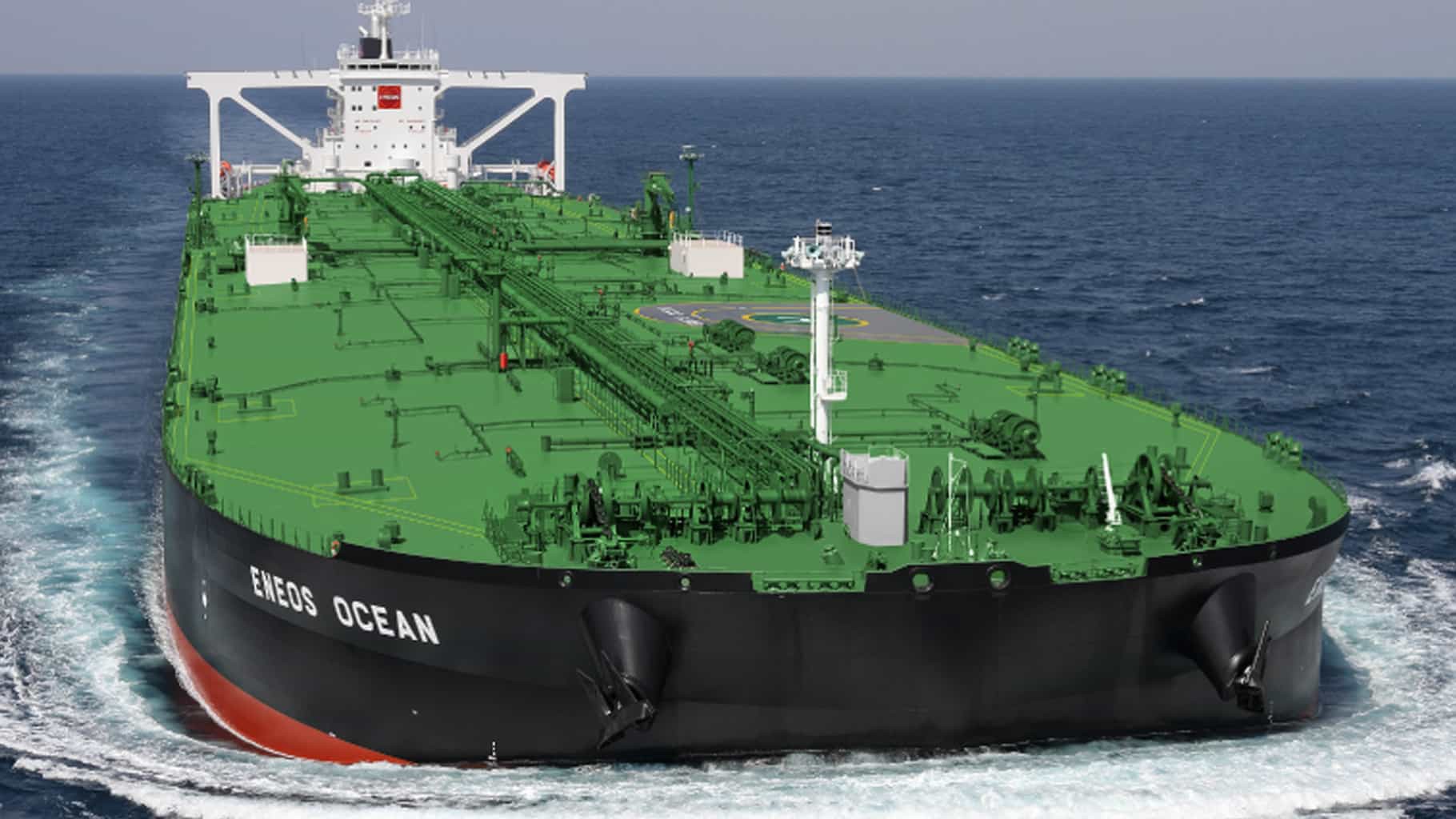
Today, transportation of liquid cargo is carried out by vessels of various types:
Crude Oil Tankers
For petroleum products
Liquefied gas
Food products (vegetable oil, wine),
Chemical cargoes and so on.
In the structure of the world fleet, tankers account for a third of the total tonnage (33%).
Today, the tanker fleet is the basis of the global transport system, providing the world economy with fuel and energy resources. It accounts for a significant part of sea transport.
Today, a comprehensive classification system is provided for sea tankers, based on several evaluation criteria. First of all, these are the size of the vessels, their design features, and operating conditions. The most widely used criteria when considering tankers are:
- purpose
- size
By type of cargo
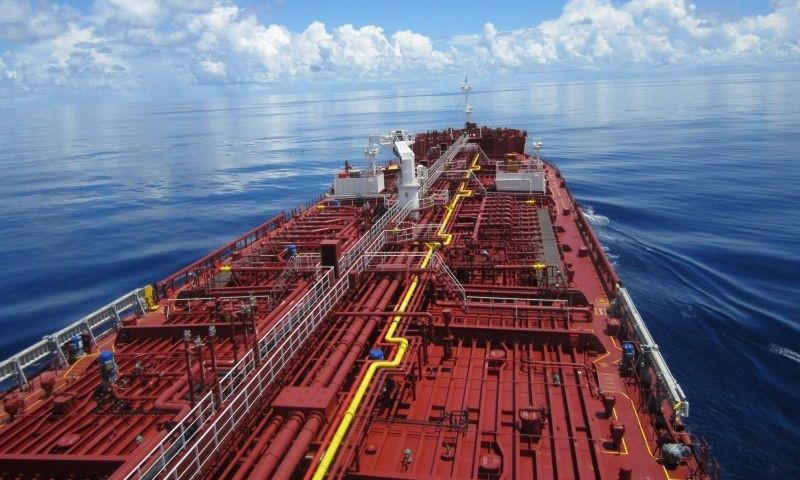
First of all, sea tankers are classified by type, that is, by purpose:
Oil tanker.
Despite the name, this is a universal tanker designed to transport not only crude oil, but also its refined products, such as fuel oil, diesel fuel, and so on. The deadweight of such vessels starts from 55 thousand tons and can exceed 300 thousand for VLCC type vessels.
Most of these vessels are, to one degree or another, owned by companies involved in the export or import of oil. Some states also have their own oil tankers. Due to the large size of the vessels, it is possible to significantly reduce the cost of transportation. According to expert calculations, depending on the distance, it amounts to $0.02-0.04 per gallon.
In turn, oil tankers are divided into three categories of vessels according to the type of cargo transported:
Product tankers.
These are smaller vessels designed to transport petroleum products, including petrochemical products. One of the features of such vessels is the coating of tanks (cargo tanks) with epoxy resin, which protects the metal from the aggressive substances being transported.
Crude oil tankers.
These are large vessels plying routes between oil fields (shipment ports) and oil refineries. In most cases, such vessels travel long distances and transport large quantities of raw materials for oil refining enterprises. For example, they transport oil from the Persian Gulf countries to China, Japan, European countries and the United States.
Gas carriers.
A relatively new category of sea vessels designed to transport gas in a liquefied state. From a technology point of view, these are the most complex vessels in terms of design and installed equipment, and the world leaders in their construction are Korea and Japan. They, in turn, may differ in the principles of cargo storage (with reduced pressure, with cooling, and so on).
LPG tankers
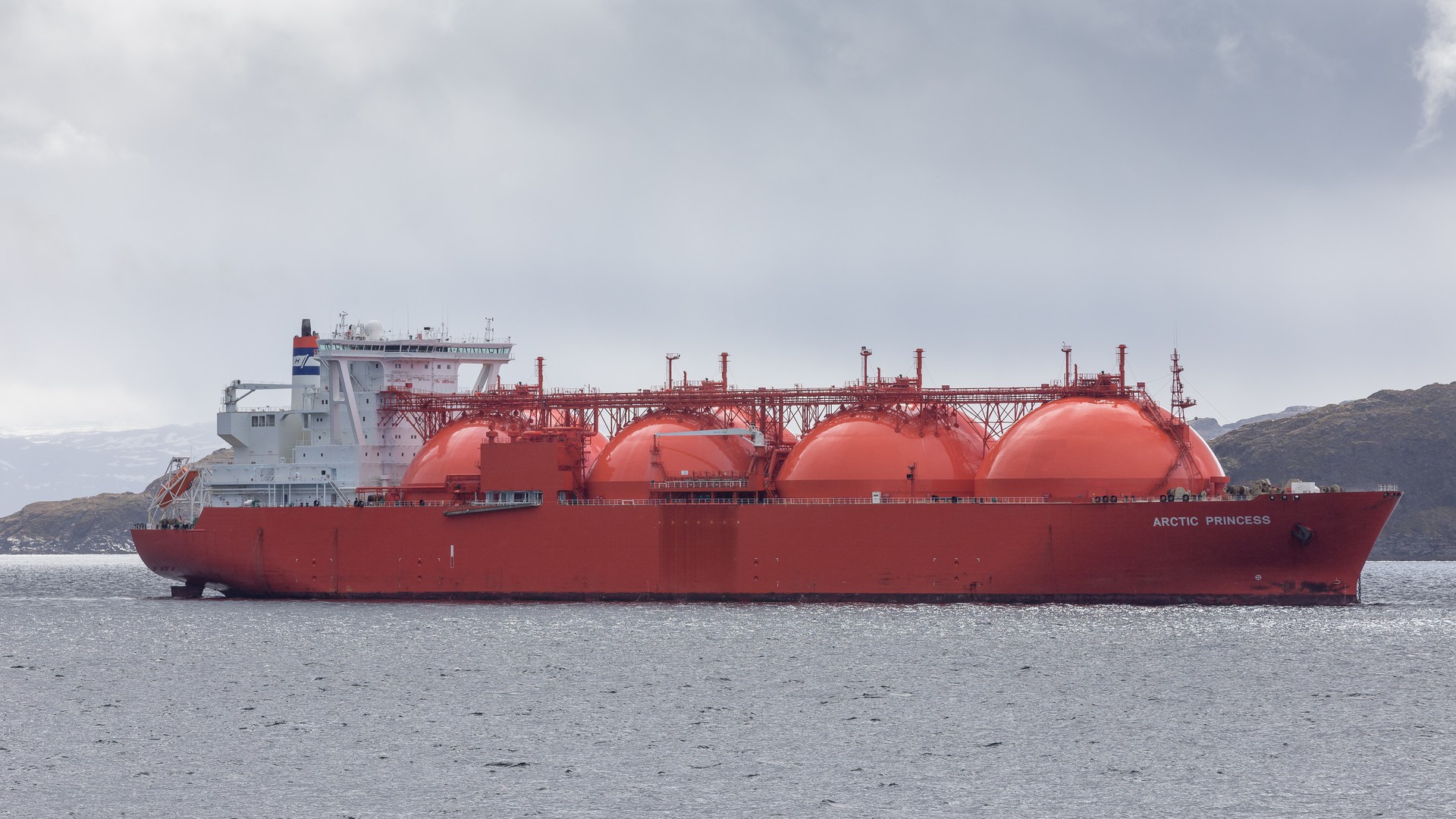
There are five main variants of gas carriers in total.
- Gas carriers with high pressure.
These are the cheapest vessels of this type to build, providing for gas transportation at ambient temperatures. Their cargo storage containers are designed for a pressure of no more than 18 bar and do not have any thermal insulation. The tanks themselves are very heavy, and their capacity is lower. Loading and unloading operations are carried out using our own pumping equipment.
- Gas carriers with reduced pressure.
Today, this is the most popular category of gas carriers on the market due to its versatility and ability to work with a wide range of cargo. Structurally, they are similar to ships of the previous type, but the maximum pressure in the cargo tanks does not exceed 5-7 bar. The vessels are most widespread in the Mediterranean and North Sea regions.
- Gas carriers with ethylene.
They provide transportation of liquefied and various chemical gases. Their cargo tanks are designed for high pressure, but additionally have thermal insulation of the tanks and a built-in cooling system. The capacity of the vessels varies between 1-12 thousand cubic meters.
- Refrigerated gas carriers.
These vessels involve cooling gases and reducing pressure, which allows them to increase their cargo capacity. This, together with the use of nickel steels for the manufacture of cargo tanks, allows maintaining temperatures down to -48 degrees.
- LNG gas carriers.
The most dynamically developing segment of gas carriers against the backdrop of growing popularity of LNG in the world. Taking into account the high danger of transported cargo, increased safety requirements are applied to ships of this type.
Compared to other types of gas carriers, they are distinguished by increased capacity, on average it is 125-135 thousand cubic meters. meters. For LNG, the boiling point is -162 degrees, so ships require a special system to maintain the optimal condition of the cargo. In recent years, increasingly advanced technologies have emerged to ensure the tightness of cargo tanks. The latter are completely independent semi-membrane type, the most modern and efficient today.
Classification by design
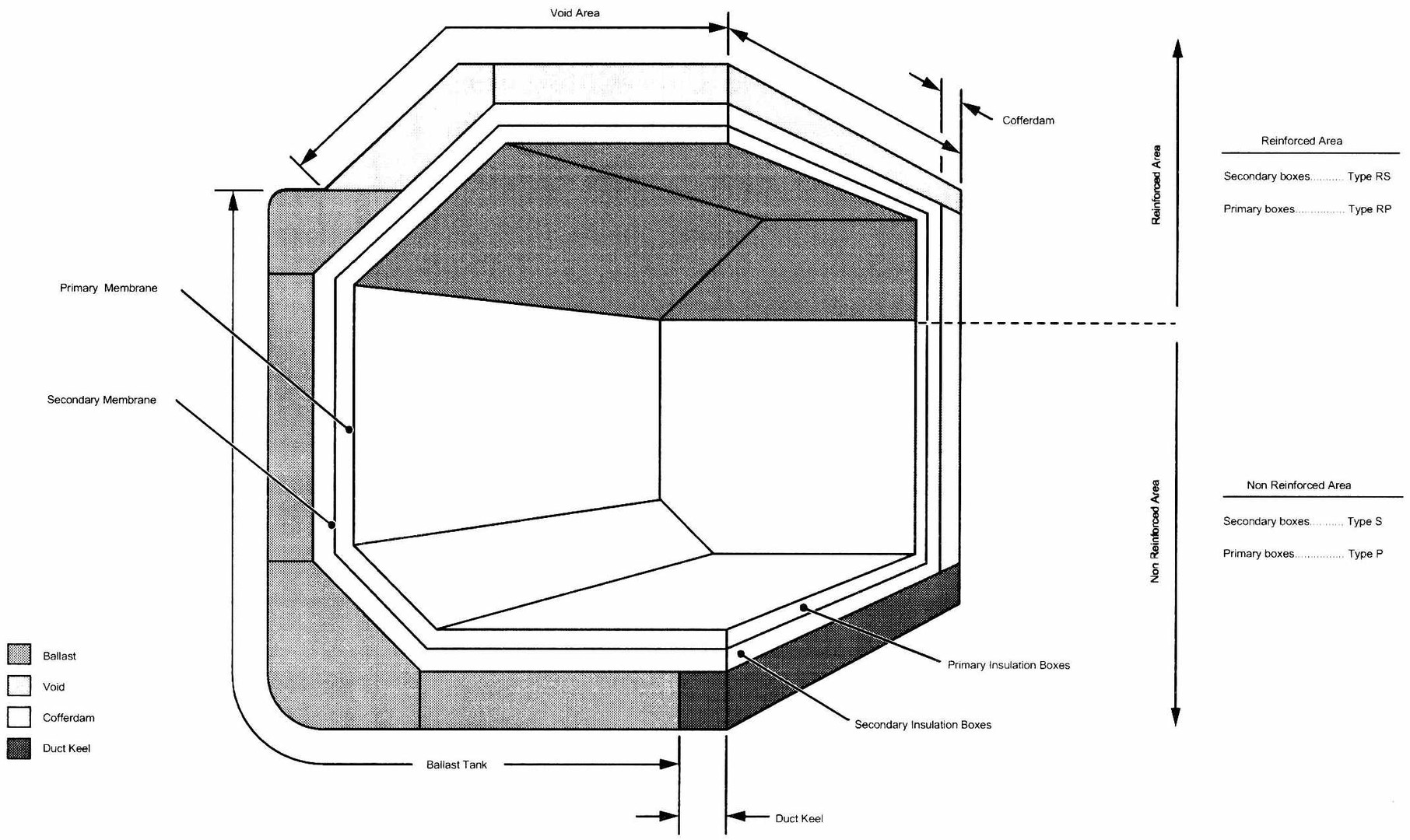
Another classification feature for modern tankers is based on the design of cargo tanks. Today it is customary to highlight the following options:
- independent single-hull tanks in a double-hull tanker;
- independent double-hull tanks;
- double tanks integrated into the ship set;
- semi-membrane tanks with double casing.
Storage of liquefied gases
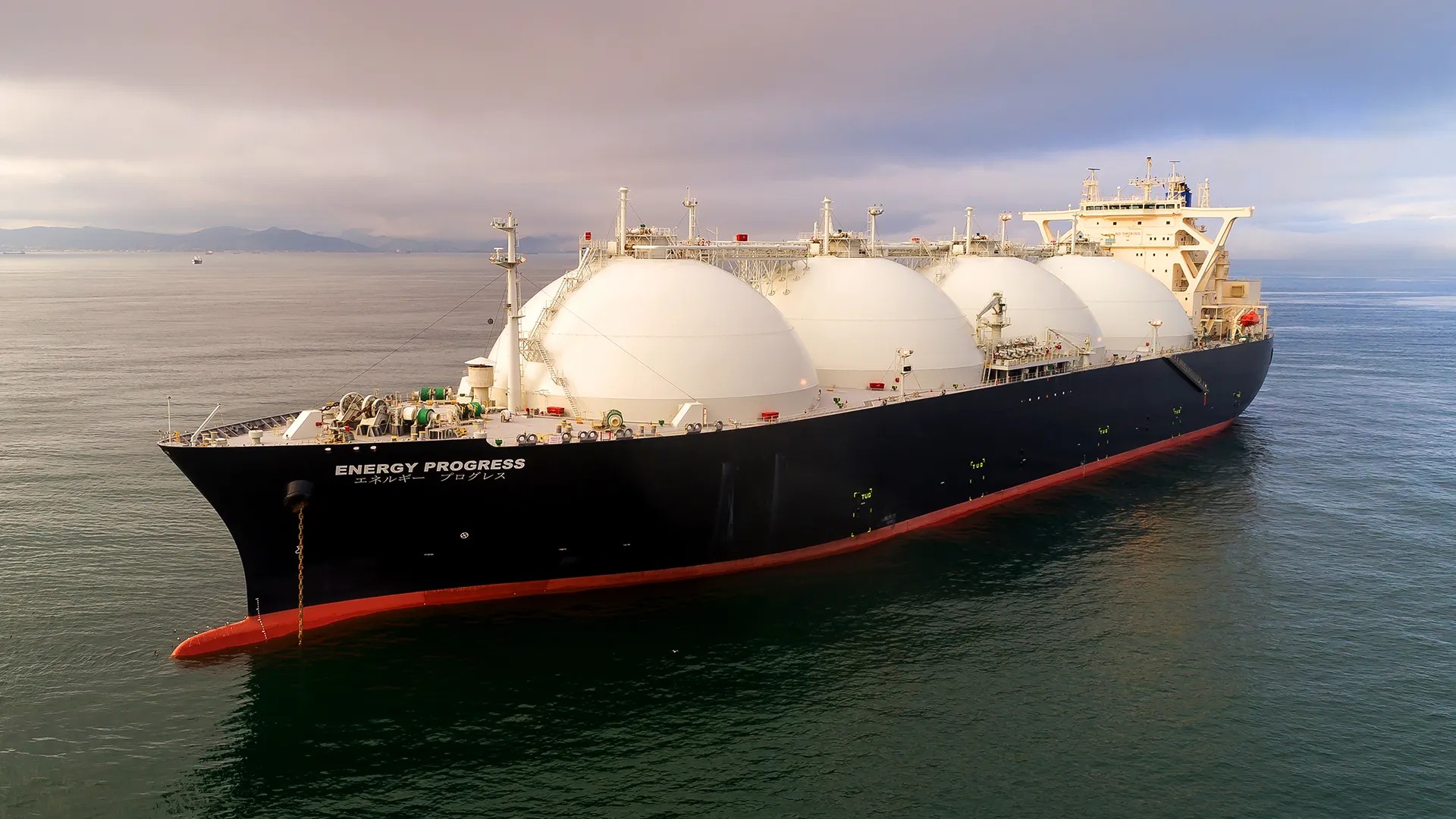
There are five types of load restraint systems:
- MOSS.
The developer of this system was the Norwegian company Moss Maritime. Ships with it have no more than four to five tanks that can withstand pressure up to 22 kPa. If necessary, it can be slightly increased without violating safety requirements. The tanks themselves are spherical in shape.
-IHI.
The tanks are prismatic in shape and were created by specialists from the Japanese company Ishikawajima-Harima Heavy Industries in order to eliminate the consequences of various incidents associated with the depressurization of cargo tanks and the occurrence of emergency situations. At the same time, the system itself was not widely used and only two gas carriers were built on its basis.
- TGZ Mark III.
The system was developed by Technigaz. She created containers with a multilayer structure. The structure is based on 12mm thick steel walls, a membrane and two layers of thermal insulation, all supported by structural elements of the vessel itself.
- GT96.
This system was developed by Gaztransport. It is based on the use of a special material, Invar, from which two membranes are made. Its feature is the absence of thermal compression. Insulation is provided by boxes of perlite and purging with nitrogen gas.
- CS1.
This system is a joint development of Gaztransport and Technigaz. It combines the solutions of the systems of both manufacturers, as a result of which the primary membrane is made of invar, and the secondary one is triplex. At the moment, only three ships in the world are built using this technology, and all of them were created by one shipyard.
Chemical tankers
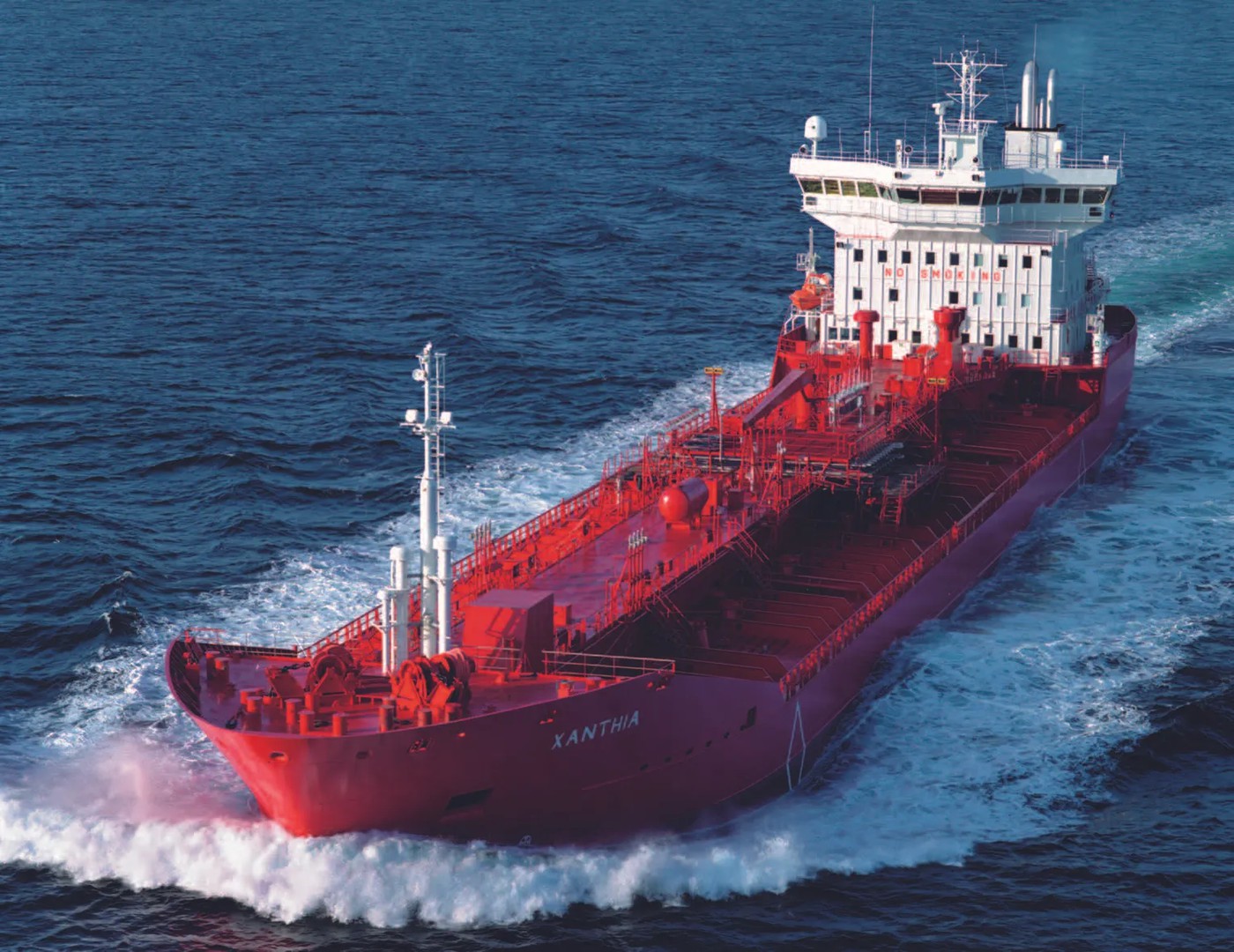
These vessels have a deadweight of 5-35 thousand tons and are designed to transport a wide range of chemical cargo. Their equipment makes it possible to maintain the primary characteristics of the cargo without changes and at the same time withstand their aggressive effects. For this purpose, the tanks are specially treated with materials that can withstand aggressive environments. Today it is customary to distinguish the existence of three types of chemical tanks:
- Tanks of the first type
designed for transportation of the most dangerous substances that pose a significant danger to humans and the environment. They are installed on 1st class chemical tankers.
- Tanks of the second type
used for 2nd class chemical tankers. They allow the transportation of chemical cargoes that pose a significant threat to the environment and require the implementation of preventive protective measures.
- Tanks of the third type
for chemical tankers of class 3. They are designed to carry moderately hazardous cargo requiring moderate protection in the event of damage to cargo spaces.
Today, the majority of chemical tankers in the world belong to 2- and 3-classes, since the volume of transportation of 1-class chemical cargo by sea is limited in modern conditions.
Development and type
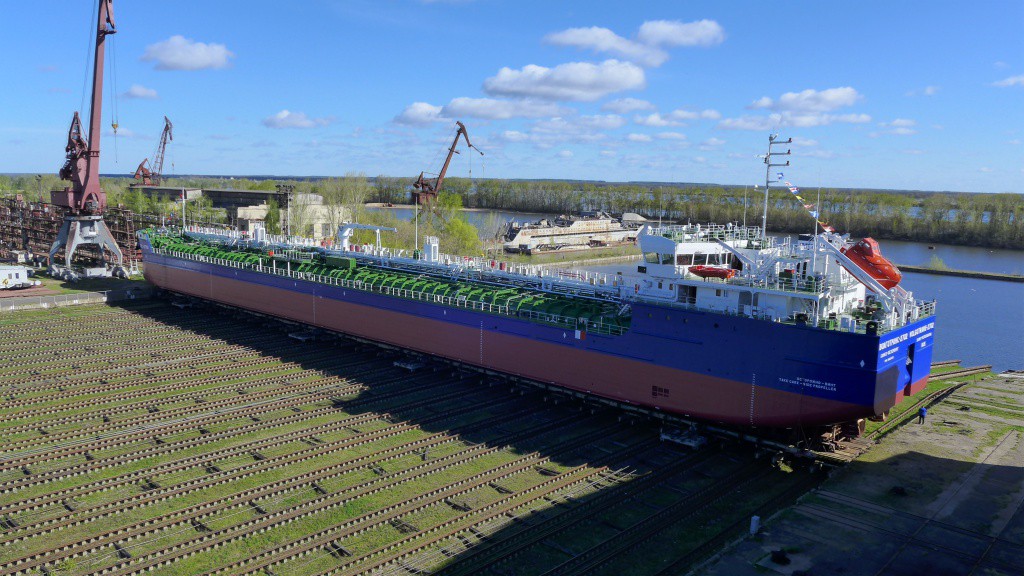
In modern conditions, new types of tankers are being developed, for example, for transporting liquefied hydrogen. The latter is considered as a promising type of fuel, so shipbuilding companies are designing in this direction. Wine-carrying vessels deserve special mention. They are designed for the transportation of wine materials and are distinguished by the use of materials that can be used together with food products for the production of cargo tanks and pumping equipment.
By design, double-hulled tankers dominate today. In accordance with MARPOL requirements, all vessels for the transport of liquid cargo with a deadweight of more than 5 thousand tons must have a double bottom.
Single-hull vessels are characterized by the presence of only an external durable hull. This design, in the event of damage, easily leads to the release of cargo into the environment. And it itself can be damaged if the elements of the ballast system passing directly through the cargo tanks break through. Such vessels are now considered obsolete and are prohibited from entering in most ports.
Double-hulled vessels have a double bottom, so they are better from an environmental point of view, but at the same time they have an increased metacentric height, which negatively affects sustainability indicators.
Classification by geography
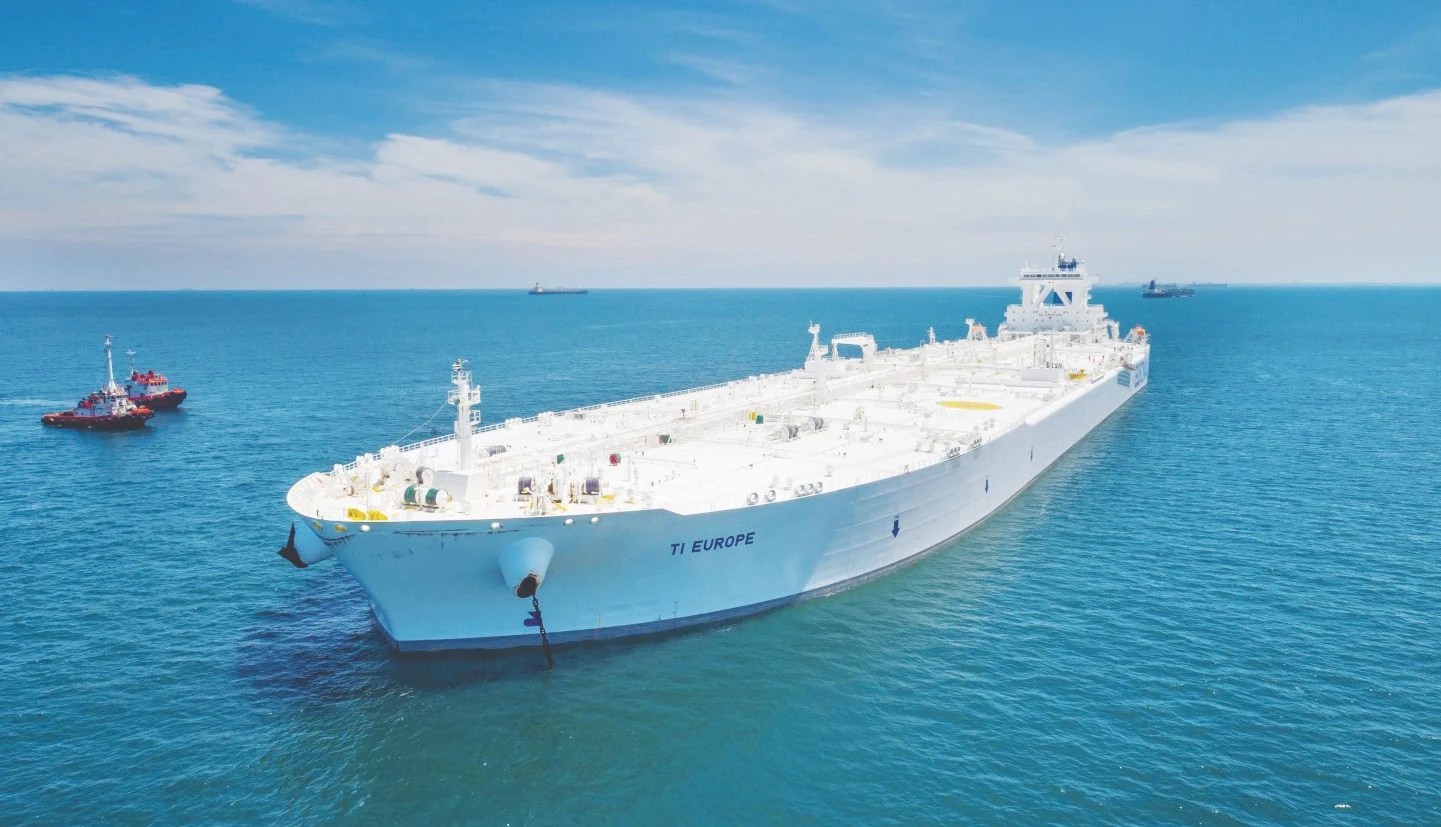
Another classification feature for tankers is the size of the vessels and their ability to operate on major transport routes.
Aframax.
Vessels with a deadweight of 80-120 thousand tons, designed mainly for work in closed seas (Mediterranean, Black Sea). They got their name in honor of the optimal size vessels for working in the ports of North Africa.
Panamax.
Tankers whose dimensions are adapted to pass through the locks of the Panama Canal.
Suezmax.
Sea tankers adapted in size to pass through the Suez Canal.
VLCC.
Large tankers for the transportation of crude oil, with a deadweight of up to 250 thousand tons, and were created at one time to deliver cargo around Africa.
ULCC.
The world's largest “supertankers” with a deadweight of up to 500 thousand tons. Recently, there has been virtually no demand for such vessels on the market.
- Position:
- Chief engineer
- Position:
- Electrician engineer
- Position:
- 2nd engineer
- Position:
- Electrician engineer
